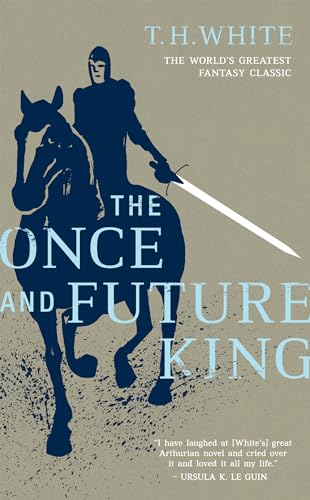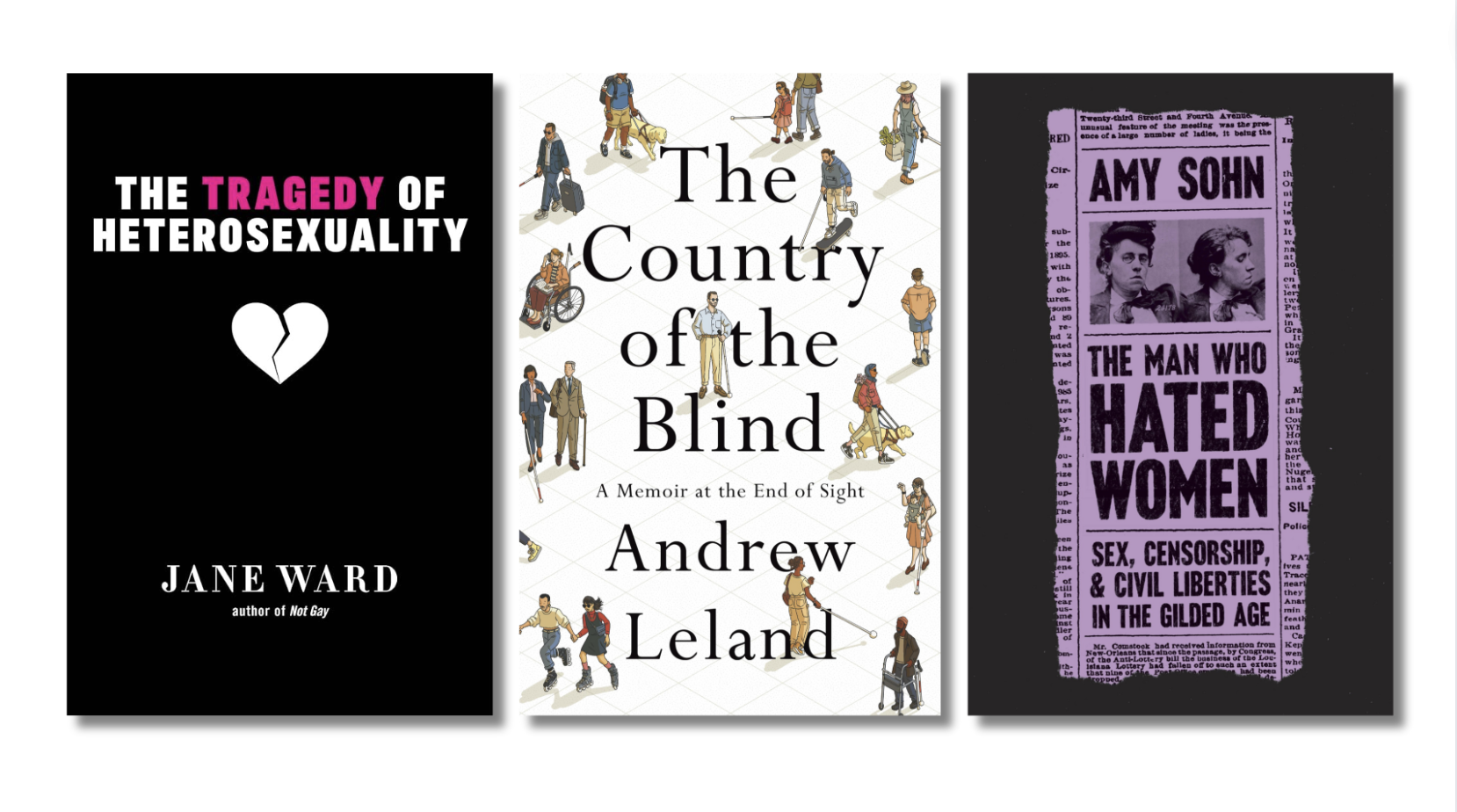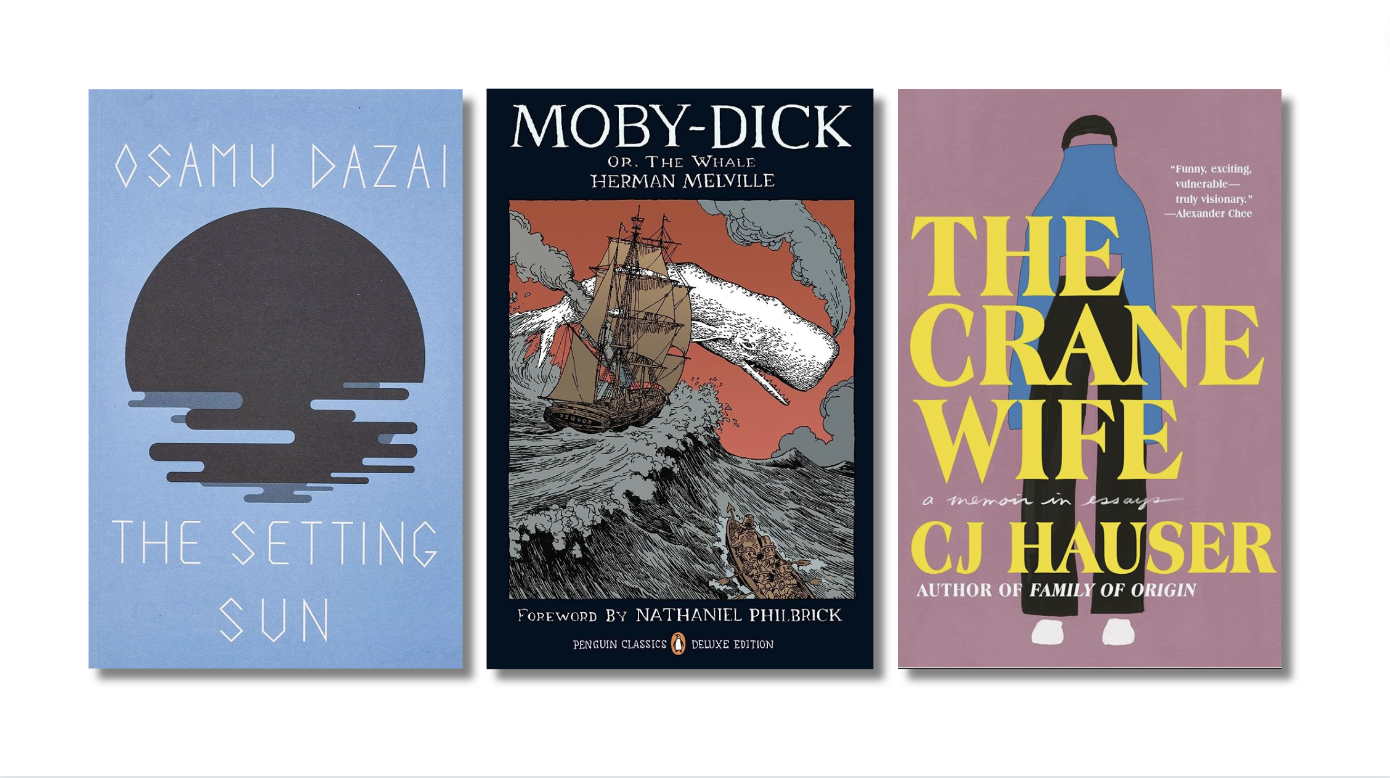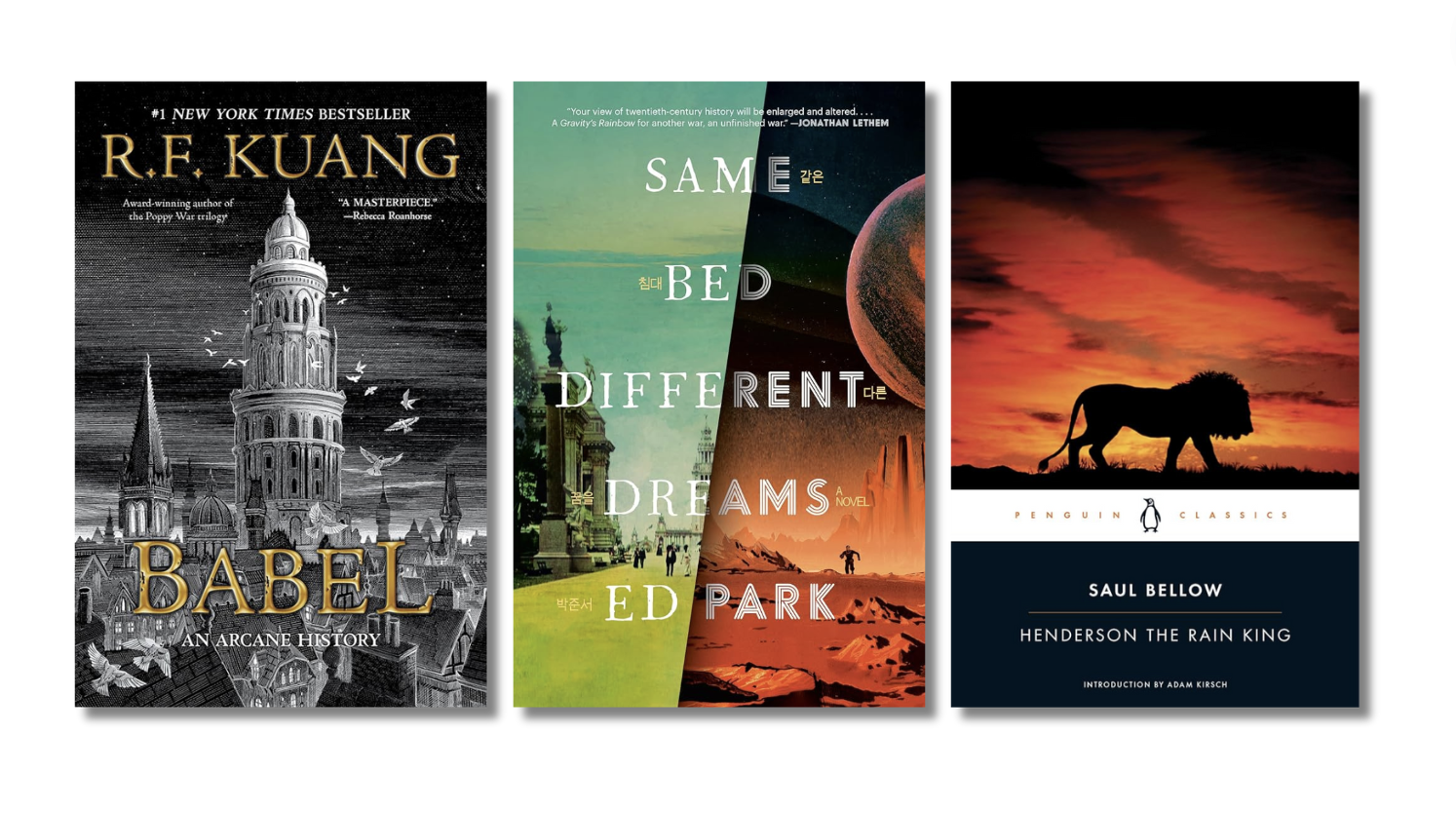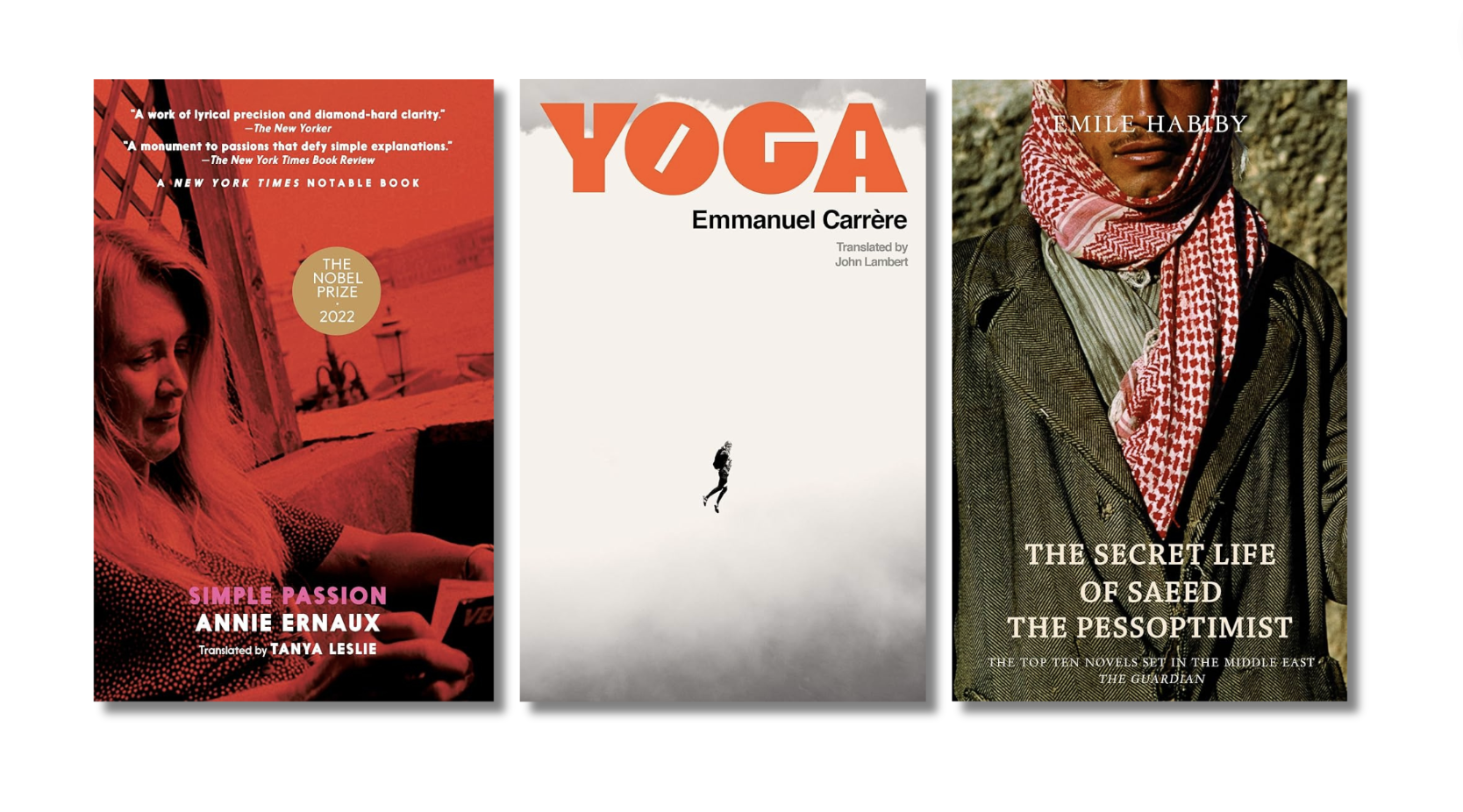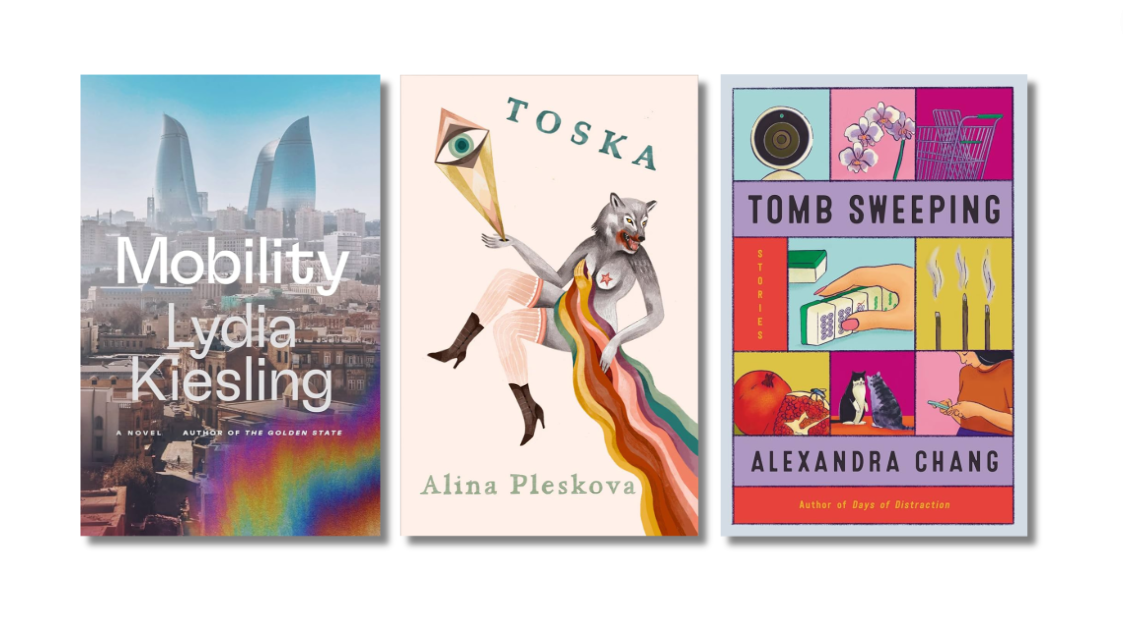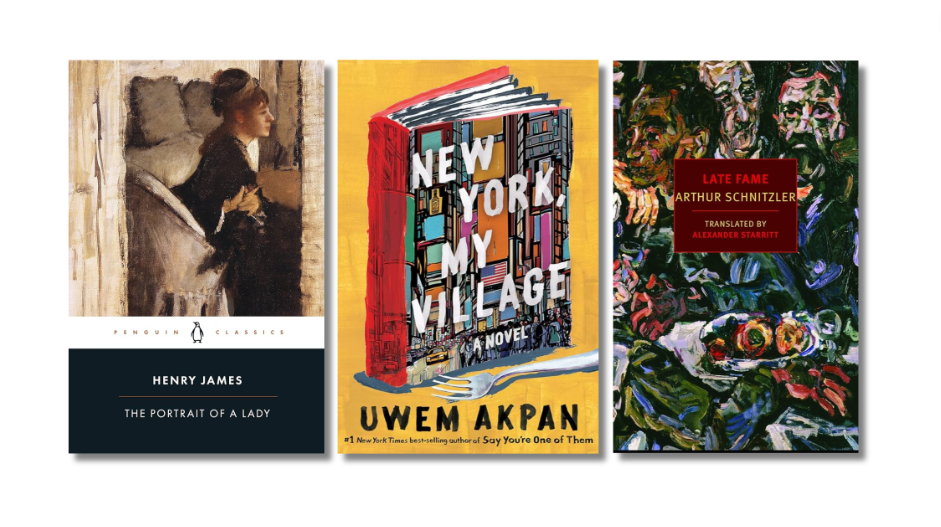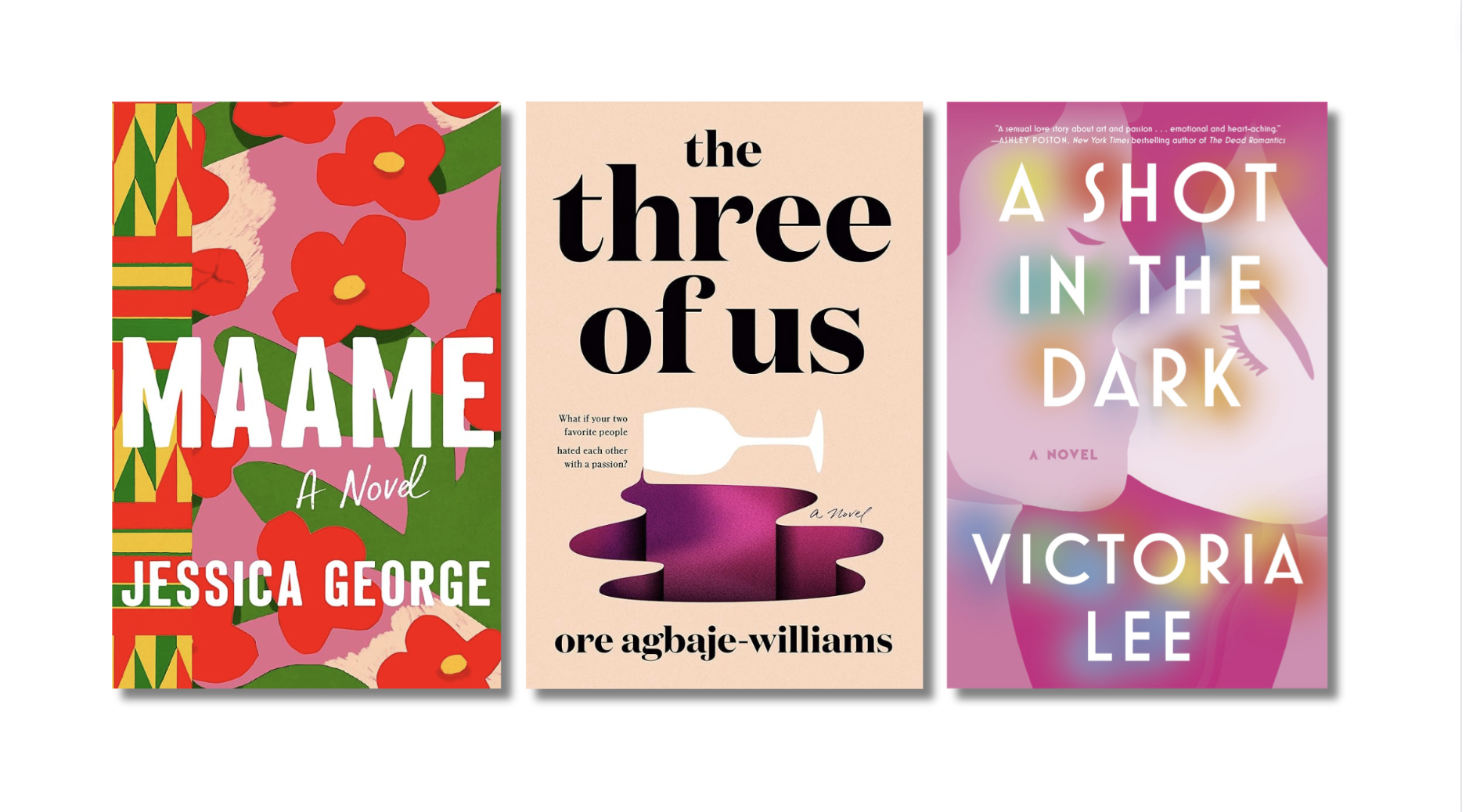
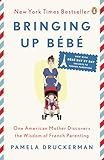 For the first five months of this year I was too deliriously happy to pay much attention to anyone’s written words, including my own. I was pregnant, due in August. Though I knew when our daughter was born I’d read and write much less for a while, focusing my time and energy on her, I made only halfhearted stabs at parenting literature both practical (Pamela Druckerman’s Bringing Up Bébé) and philosophical (Rachel Cusk’s A Life’s Work). I gave up on other literature almost entirely. Most of what I read those months I read on the August 2015 Babycenter.com birth board, where other mothers with babies expected the same month as mine gathered to share their weird anxieties and basic biological ignorance. I forget now too much of what it felt like to be cheerfully, healthily pregnant with that so loved, so desired child. But I remember the Babycenter posts of other women like scraps of weird poetry recited in old dreams: will Kraft mac and cheese / make my kid dumber? If you live in a haunted house while pregnant / will your baby be the ghost reincarnated? We found out it was a girl and / my husband went outside to vomit.
For the first five months of this year I was too deliriously happy to pay much attention to anyone’s written words, including my own. I was pregnant, due in August. Though I knew when our daughter was born I’d read and write much less for a while, focusing my time and energy on her, I made only halfhearted stabs at parenting literature both practical (Pamela Druckerman’s Bringing Up Bébé) and philosophical (Rachel Cusk’s A Life’s Work). I gave up on other literature almost entirely. Most of what I read those months I read on the August 2015 Babycenter.com birth board, where other mothers with babies expected the same month as mine gathered to share their weird anxieties and basic biological ignorance. I forget now too much of what it felt like to be cheerfully, healthily pregnant with that so loved, so desired child. But I remember the Babycenter posts of other women like scraps of weird poetry recited in old dreams: will Kraft mac and cheese / make my kid dumber? If you live in a haunted house while pregnant / will your baby be the ghost reincarnated? We found out it was a girl and / my husband went outside to vomit.
Our daughter was not born in August. Her heart developed weirdly, wrongly, and she was stillborn in May. For the past six months I’ve been tending not to the baby I’d anticipated, but to the sorrow of having lost her, as tangible and time-consuming a presence as any tiny person. To say I’ve been miserable this year is both overstatement and understatement — because I have many good days, more good days than bad ones, and yet when the bad ones arrive they can sometimes seem so dark as to be almost unendurable.


 To endure them, I read. I read Edith Wharton, detective novels, memoirs by chefs. The Night Circus. Frankenstein. Elena Ferrante, who left me embarrassingly cold. (As if grief were not isolating enough, I am apparently the only literary feminist of my acquaintance who is inexplicably immune to Ferrante Fever). I read the copy of Laurie Colwin’s Happy All the Time that my wonderful agent sent me — a witty, absorbing book in which no one feels too bad for too long. P.G. Wodehouse, Meg Wolitzer, Nancy Mitford, countless YA novels, cookbooks, chick lit. The Middlesteins. Dept. of Speculation. Rules of Civility. A Visit from the Goon Squad. In every one of these books I looked for, and in nearly all I found, shades of the awful, comforting truth: everyone despairs; nearly everyone survives.
To endure them, I read. I read Edith Wharton, detective novels, memoirs by chefs. The Night Circus. Frankenstein. Elena Ferrante, who left me embarrassingly cold. (As if grief were not isolating enough, I am apparently the only literary feminist of my acquaintance who is inexplicably immune to Ferrante Fever). I read the copy of Laurie Colwin’s Happy All the Time that my wonderful agent sent me — a witty, absorbing book in which no one feels too bad for too long. P.G. Wodehouse, Meg Wolitzer, Nancy Mitford, countless YA novels, cookbooks, chick lit. The Middlesteins. Dept. of Speculation. Rules of Civility. A Visit from the Goon Squad. In every one of these books I looked for, and in nearly all I found, shades of the awful, comforting truth: everyone despairs; nearly everyone survives.


 Some books were more explicit about this than others, and these I devoured, though reading them felt sometimes like pressing down hard on a bruise. Matthew Baker’s melancholy and clever middle grade novel, If You Find This, follows a young narrator who confides in a tree in his backyard that he believes contains the soul of his stillborn brother — I waited anxiously for another character to disabuse him of this notion, but, kindly, no one ever does. Elizabeth McCracken’s story collection Thunderstruck captures the mundane and the surreal of grief, such as “the people who believed that not mentioning sadness was a kind of magic that could stave off the very sadness you didn’t mention — as though grief were the opposite of Rumpelstiltskin and materialized only at the sound of its own name.” Before this year, such a sentence might not have even registered with me — but by the time I read it, a few weeks after my daughter’s death, after the initial rally of support gave way to a lot of uncomfortable silence, I heard in it the delicious snap of truth. (I’m still reading, very slowly, McCracken’s memoir of her own stillbirth, An Exact Replica of a Figment of My Imagination, and have never felt so grateful for a book I’m too tender, most days, to open). And for the first time, I waded my way through T.H. White’s The Once and Future King, a more haunting book than I’d expected, in which Merlyn prescribes for Wart the best cure for sadness: “Learn why the world wags and what wags it. That is the only thing which the mind can never exhaust, never alienate, never be tortured by, never fear or distrust, and never dream of regretting. Learning is the thing for you.”
Some books were more explicit about this than others, and these I devoured, though reading them felt sometimes like pressing down hard on a bruise. Matthew Baker’s melancholy and clever middle grade novel, If You Find This, follows a young narrator who confides in a tree in his backyard that he believes contains the soul of his stillborn brother — I waited anxiously for another character to disabuse him of this notion, but, kindly, no one ever does. Elizabeth McCracken’s story collection Thunderstruck captures the mundane and the surreal of grief, such as “the people who believed that not mentioning sadness was a kind of magic that could stave off the very sadness you didn’t mention — as though grief were the opposite of Rumpelstiltskin and materialized only at the sound of its own name.” Before this year, such a sentence might not have even registered with me — but by the time I read it, a few weeks after my daughter’s death, after the initial rally of support gave way to a lot of uncomfortable silence, I heard in it the delicious snap of truth. (I’m still reading, very slowly, McCracken’s memoir of her own stillbirth, An Exact Replica of a Figment of My Imagination, and have never felt so grateful for a book I’m too tender, most days, to open). And for the first time, I waded my way through T.H. White’s The Once and Future King, a more haunting book than I’d expected, in which Merlyn prescribes for Wart the best cure for sadness: “Learn why the world wags and what wags it. That is the only thing which the mind can never exhaust, never alienate, never be tortured by, never fear or distrust, and never dream of regretting. Learning is the thing for you.”
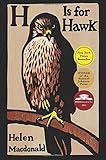 I’d found my way to White through Helen Macdonald’s beautiful H Is for Hawk, a book that’s part hawking manual, part literary biography of T.H. White, and part meditation on grief. Macdonald writes about her experience training a goshawk, one of nature’s most vicious predators, in the wake of her father’s death; she interweaves this narrative with one of White’s own emotional pain and falconry. It’s a strange book — crisply written, funny, and wrenching, unlike anything I’ve ever read before. But this year, it also happened to be intensely familiar to me. “There is a time in life when you expect the world to be always full of new things,” Macdonald writes. “And then there comes a day when you realize…that life will become a thing made of holes. Absences. Losses.” Like Macdonald, my loss made me feel disconnected from the world I’d once inhabited. I thought of myself as a Grief Monster: a creature too sad and angry to be rightly categorized as human, unable to appreciate simple pleasures, sent into a tailspin at the sight of other mothers’ healthy babies. I could not imagine feeling normal around other people again; I could not imagine wanting to. Macdonald channeled her Grief Monsterhood into the wild, into her hawk, longing somewhat more than wistfully to achieve the bird’s isolation, her self-sufficiency. It doesn’t work that way, Macdonald finds, nor should it: “Hands are for other human hands to hold. They should not be reserved exclusively as perches for hawks.”
I’d found my way to White through Helen Macdonald’s beautiful H Is for Hawk, a book that’s part hawking manual, part literary biography of T.H. White, and part meditation on grief. Macdonald writes about her experience training a goshawk, one of nature’s most vicious predators, in the wake of her father’s death; she interweaves this narrative with one of White’s own emotional pain and falconry. It’s a strange book — crisply written, funny, and wrenching, unlike anything I’ve ever read before. But this year, it also happened to be intensely familiar to me. “There is a time in life when you expect the world to be always full of new things,” Macdonald writes. “And then there comes a day when you realize…that life will become a thing made of holes. Absences. Losses.” Like Macdonald, my loss made me feel disconnected from the world I’d once inhabited. I thought of myself as a Grief Monster: a creature too sad and angry to be rightly categorized as human, unable to appreciate simple pleasures, sent into a tailspin at the sight of other mothers’ healthy babies. I could not imagine feeling normal around other people again; I could not imagine wanting to. Macdonald channeled her Grief Monsterhood into the wild, into her hawk, longing somewhat more than wistfully to achieve the bird’s isolation, her self-sufficiency. It doesn’t work that way, Macdonald finds, nor should it: “Hands are for other human hands to hold. They should not be reserved exclusively as perches for hawks.”
Even before I was pregnant with her, when she was nothing more or less than a dream my husband and I shared of a cozy, sunny future, we’d given our first child a code name: Hawkeye. It was partly a nod to the Marvel superhero as written by Matt Fraction, mostly an homage to my husband’s love for M*A*S*H. We called her Hawk for short. We figured when she was born we’d give her a “real” name; we had one chosen and ready, but through what we then considered silly superstition, we never said it out loud much. When she died, it became impossible to think of her as anything but Hawk — impossible to separate the real, sweet, three-pound baby we’d held for a few quiet hours early on a morning in May from her infinite and unrealized potential. We’d imagined too many happy possibilities for the girl with the other name. For ourselves. So Hawkeye was the name we shared with the diplomatically unperturbed nurse who asked; Hawkeye was the name we wrote on the death certificate. Hawk is the name we call her still and always. It’s a word that can’t help but mean more to me now. Bird, daughter. Love, loss. Despair. Survival. Losing Hawk helped me understand that I remain stubbornly, sublimely human even when I’m hurting. Thanks to H Is for Hawk, her name reminds me that I want to be. Macdonald writes of dreams she’d had after her father died, anxious dreams in which a hawk glided out of her sight:
I had thought for a long while that I was the hawk — one of those sulky goshawks able to vanish into another world, sitting high in the winter trees. But I was not the hawk, no matter how much I pared myself away, no matter how many times I lost myself in blood and leaves and fields. I was the figure standing underneath the tree at nightfall, collar upturned against the damp, waiting patiently for the hawk to return.
More from A Year in Reading 2015
Don’t miss: A Year in Reading 2014, 2013, 2012, 2011, 2010, 2009, 2008, 2007, 2006, 2005
The good stuff: The Millions’ Notable articles
The motherlode: The Millions’ Books and Reviews
Like what you see? Learn about 5 insanely easy ways to Support The Millions, and follow The Millions on Twitter, Facebook, Tumblr.



